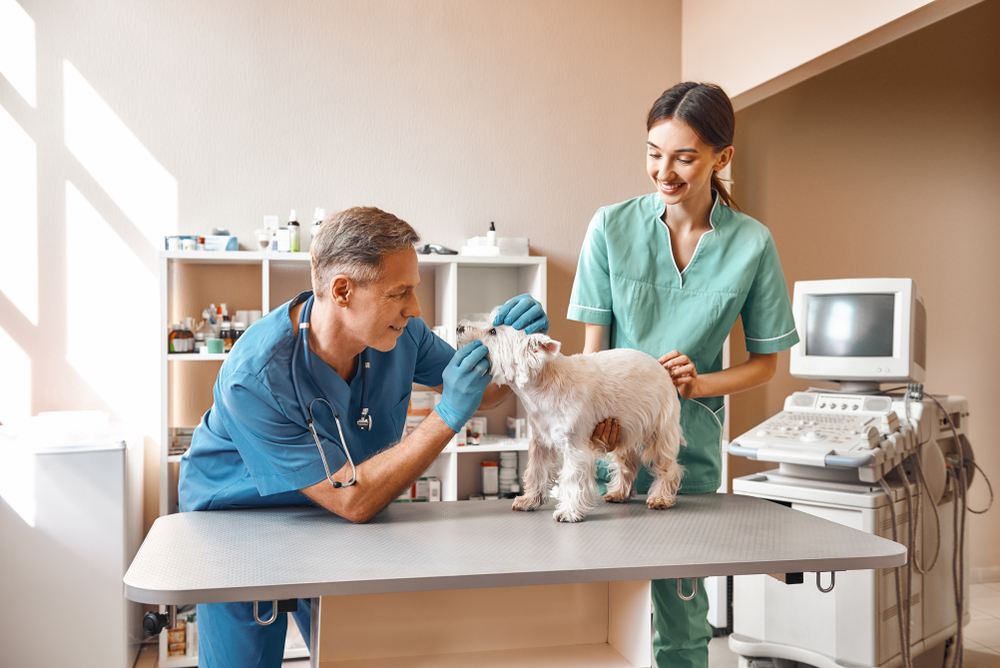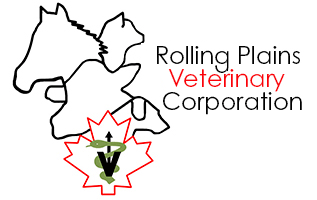
Modern Diagnostic Imaging: Transforming Rural Veterinary Care
May 6, 2025 3:37 pm
In the not-so-distant past, rural veterinary care often meant limited diagnostic tools, long travel times to access specialized services, and a heavy reliance on hands-on observation and guesswork. But times have changed. Thanks to advancements in veterinary imaging technology, modern diagnostic tools are not just for city-based veterinary hospitals anymore. Rural clinics are embracing a tech-forward approach, revolutionizing the way veterinarians diagnose, treat, and care for animals—whether they’re beloved pets or hardworking livestock.
The Evolution of Diagnostic Imaging in Veterinary Medicine
Veterinary imaging has come a long way from basic X-rays and hand palpations. While those methods still hold value, today’s diagnostic landscape is enriched by digital tools that provide detailed, real-time insights into an animal’s health.
Technology Behind Advanced Imaging
Modern veterinary imaging technology includes:
- Digital Radiography (DR): An evolution of traditional X-rays, DR provides high-resolution images in seconds. It’s perfect for spotting fractures, identifying foreign objects, or assessing the condition of organs.
- Ultrasound: No longer a tool reserved only for pregnancies, veterinary ultrasounds now allow veterinarians to examine soft tissue structures, monitor heart conditions, and detect abnormalities in the abdomen.
- Computed Tomography (CT): Offering 3D imaging, CT scans are invaluable in identifying issues like tumors, neurological disorders, or trauma injuries with unmatched clarity.
- Magnetic Resonance Imaging (MRI): While still relatively rare in rural clinics due to cost, mobile MRI services and collaborations with diagnostic centers are making this tool more accessible for deep-tissue and brain imaging.
- Thermography: This tool measures infrared radiation (heat) from the animal’s body, offering insight into inflammation and circulatory changes. It’s completely noninvasive and particularly useful in detecting equine lameness.
These cutting-edge technologies help bridge the gap between rural and urban veterinary care, ensuring animals in remote areas receive the same level of attention and precision as those in metropolitan settings.
Key Benefits of Modern Imaging Tools
The introduction of modern imaging into rural veterinary practices isn’t just a tech upgrade—it’s a life-saving, efficiency-boosting game changer.
Improving Early Disease Detection
One of the biggest benefits of modern veterinary imaging technology is the ability to catch problems before they become serious. Early detection means earlier intervention, which often translates to better treatment outcomes, lower costs, and—most importantly—healthier animals.
Take, for example, a dog showing subtle signs of discomfort. A digital X-ray might reveal a small fracture or degenerative joint issue. Ultrasound can identify early organ dysfunction in a cat that’s been vomiting for a few days. Even in large animals like cattle or horses, early signs of illness that would otherwise be missed can now be flagged with thermography or ultrasound.
Other advantages include:
- Accuracy and Speed: Modern tools provide detailed images in real time, reducing guesswork and allowing for quick decision-making in emergencies.
- Non-Invasive Comfort: Imaging techniques like ultrasound and thermography offer stress-free diagnostic experiences for both animals and humans.
- Cost Efficiency: By reducing the need for exploratory surgery or referral transport, rural clinics can offer premium care without premium pricing.
- Continuity of Care: On-site imaging enables veterinarians to monitor chronic conditions, track healing progress, and adjust treatments with precision.
Case Studies from Rural Veterinary Practices
At Rolling Plains Veterinary Corporation, we’ve seen firsthand how embracing veterinary imaging technology has enhanced our services and, more importantly, the outcomes for the animals we treat. Let’s explore how these tools play out in real-world settings.
Success Stories and Real-World Applications
Case 1: Daisy the Dairy Cow
Daisy, a dairy cow on a family-run farm, began limping on her front leg. In the past, diagnosis might have relied solely on physical examination, with an extended period of trial-and-error treatment. Using portable digital radiography, our team discovered a small hoof fracture that would have otherwise gone undetected. With the right splint and rest, Daisy made a full recovery and was back to business in no time—without ever leaving the farm.
Case 2: Max the Mischievous Lab
Max, a two-year-old Labrador retriever, arrived at our clinic after swallowing something he shouldn’t have (again). Rather than rushing him to a distant emergency center for exploratory surgery, our in-house ultrasound revealed a small rubber ball lodged in his intestines. Surgery was performed promptly and effectively right here in our rural clinic. Max’s owners were thrilled—and Max learned (well, sort of) to be a little less curious.
Case 3: Scout the Senior Horse
Scout, a senior horse with a long history of performance, started showing signs of lameness. Using thermal imaging, we pinpointed inflammation in his left hock, indicating early joint arthritis. Thanks to this early diagnosis, we were able to start treatment immediately, improving Scout’s comfort and performance.
These are just a few examples of how imaging tools allow us to catch issues before they spiral into major medical events.
Rolling Plains’ Commitment to Modern Veterinary Care
At Rolling Plains Veterinary Corporation, we believe rural communities deserve access to the very best in animal healthcare. Our investment in cutting-edge veterinary imaging technology is one way we’re bringing big-city care to the heart of the countryside.
We know how important your animals are to your family and livelihood. Whether it’s a loyal dog, a barn cat, a team of horses, or a herd of cattle, our mission is to offer compassionate, accurate, and efficient care.
We’re proud to offer:
- Preventive Pet Medications: Catching issues before they become problems is what we do best.
- Emergency Treatments: When every minute matters, our in-house imaging tools give us the answers we need fast.
- Experienced, Accredited Vets: Our team isn’t just passionate—we’re professionally trained, licensed, and ready to deliver the highest standard of veterinary care.
Why Veterinary Imaging Technology Matters—Even in Small Towns
It’s a common myth that advanced veterinary tools are reserved for big hospitals in urban centers. But the truth is, rural practices like ours are proving that with the right technology, geography is no longer a barrier to exceptional care.
With mobile imaging units, cloud-based digital files for consultation, and smart devices for remote monitoring, we’re creating a new reality for rural animal healthcare—one where you don’t have to drive hours or settle for less.
Rural doesn’t mean outdated. In fact, we think it means dedicated. We’re proud to bring modern diagnostics to our wide-open spaces and furry, feathered, or hooved friends.
Trust Rolling Plains Veterinary Corporation
If you’re looking for a veterinary team that blends small-town values with big-league capabilities, Rolling Plains Veterinary Corporation is your answer.
We’re here to give you peace of mind about your animal’s health. From playful pups and lazy lap cats to hardworking horses and family farm livestock, we’re ready to help with cutting-edge tools, caring hearts, and unmatched experience.
Discover how veterinary imaging technology is transforming the future of rural animal care—right here at home.
Contact us today to schedule an appointment or learn more about our diagnostic services.
Because your animals deserve nothing less than the best—no matter where you are.
Categorised in: Veterinary
This post was written by Dr. Marc Phillipot

Comments are closed here.